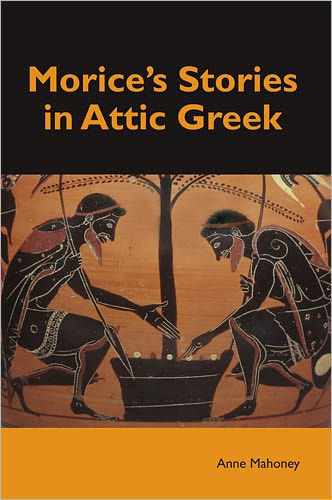5
1
9781585101894



Morice's Stories in Attic Greek / Edition 1 available in Paperback

Morice's Stories in Attic Greek / Edition 1
- ISBN-10:
- 1585101893
- ISBN-13:
- 9781585101894
- Pub. Date:
- 11/15/2006
- Publisher:
- Hackett Publishing Company, Inc.
- ISBN-10:
- 1585101893
- ISBN-13:
- 9781585101894
- Pub. Date:
- 11/15/2006
- Publisher:
- Hackett Publishing Company, Inc.

Morice's Stories in Attic Greek / Edition 1
$24.95
24.95
In Stock

Product Details
| ISBN-13: | 9781585101894 |
|---|---|
| Publisher: | Hackett Publishing Company, Inc. |
| Publication date: | 11/15/2006 |
| Edition description: | First Edition |
| Pages: | 208 |
| Product dimensions: | 6.00(w) x 9.00(h) x 0.42(d) |
| Language: | Greek, Ancient (to 1453) |
About the Author
What People are Saying About This
From the B&N Reads Blog

